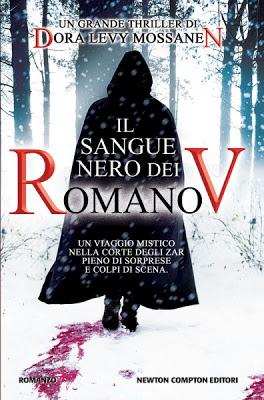
Petersburg? I'm not kidding! I saw the photograph with my own eyes - a curious woman peering behind a glass jar in which an enormous penis was displayed. Was it true that this vile womanizer was the Tsarina's lover? Did he really cure Alexei Nikolaevich, the hemophilic heir, when the most competent doctors had failed? How did Rasputin's penis end up in a jar of alcohol in a museum in St. A voyeur! Unable to say goodbye to my charges, stop prying into their lives, unable to keep myself from digging into the mystery of the mad monk, Grigori Rasputin.


I couldn't stop collecting information, not even after the last period was tapped on my keyboard, my laptop was shut, and I went out to celebrate with a glass of wine. And I learned about Nicholas and Alexandra's great love for each other that might have caused the downfall of the 300-year-old Romanov Dynasty. The extent of the couple's insulation from their disgruntled people, the thick cocoon of denial surrounding them, surprised me. I studied the depth of Alexandra's guilt at having transferred the hemophilia gene to her only son, the heir to the throne, who was born after four girls. I became intimately familiar with the looks, likes and dislikes, strengths and weaknesses of Tsarina Alexandra, Tsar Nicholas II, and their five children. I learned about a tumultuous era in Russian history, a series of revolutions that gathered force and gave rise to Communism, transforming the political landscape of the world. And for the next three years, while working to complete the novel, I continued to gather a treasure trove of information. I started the lengthy and always fascinating process of research for The Last Romanov a few months before I put pen to paper, or fingertips to keyboard.


 0 kommentar(er)
0 kommentar(er)
